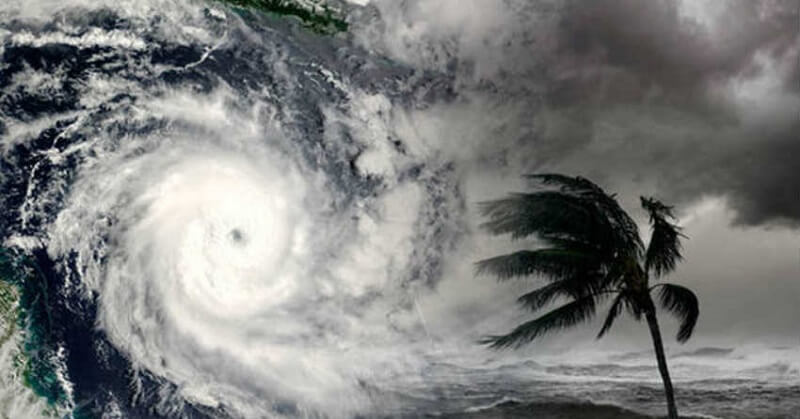India is already suffering from the second wave of the Coronavirus pandemic. Last year it was the cyclone Amphan and this year it is Cyclone Tauktae. Cyclone Tauktae is hitting the Arabian Sea and affects Kerala, Karnataka, Goa, Maharashtra, and Gujarat. Many areas of Kerala, Karnataka, Goa, and Maharashtra are receiving heavy rainfall. According to India Meteorological Department (IMD), Tauktae will be a very severe cyclonic storm from May 16-18.
Cyclone Tauktae hit coastal parts of Goa. Visuals from Panaji pic.twitter.com/qPGI0CnUjS
— ANI (@ANI) May 16, 2021
Who Give Names To Cyclones?

Countries around the Atlantic Sea first started the naming of the cyclones in 1953. Then, the World Meteorological Organization has created a system that only the nations around the region where the hurricane is rising are allowed to name the cyclones.
The process of naming the storms in the Arabian Sea and the Bay of Bengal began 17 years ago in 2004. A list was created for this and had eight countries that include Bangladesh, India, Maldives, Myanmar, Oman, Pakistan, Sri Lanka, and Thailand. All eight countries have to give eight names for cyclones. In this way, a total of 64 titles have decided. The country whose name appears, the cyclone is named from the list given by that country.
First Tropical Cyclone Named Onil

Onil was the first tropical cyclone to be named in the northern Indian Ocean in 2004. According to the English alphabet, Bangladesh got the opportunity to name the first tropical cyclone. Thailand has given the name Amphan to the cyclonic storm that formed last year. It was the last name in the list of 64 names given to tropical cyclones. In Thailand, it was called the Umpun cyclone. This cyclone ‘Tauktae’ name given by Myanmar which means ‘gecko’, meaning a highly vocal lizard in the Burmese language. India named Agni, Aakash, Bijli, Neer, Lehar, Megh, Sagar, and Vaayu.
How Tropical Cyclones Formed

Cyclones form when the heat of the sun rises near the equator in the sea. The seawater becomes warmer than 27 degrees celsius. It creates steam, and the hot air rises rapidly. The moisture above creates a cloud. When hot air rises, there is an area of low air pressure. On the rapid rise of hot air, cold air comes rapidly to fill the space below. It causes the wind to revolve, and the clouds filled with moisture also start moving. It creates Cyclone. The higher the heat and humidity, the more dangerous the cyclone.
Categories Of Cyclones

The type of cyclones is decided based on the speed of the wind. When the wind travels at a rate of 63 km/h, it is called a tropical storm. When this speed exceeds 119 km/h, it is called a tropical cyclone. Depending on the increase in wind speed, the cyclone ranges on a scale of 1 to 5.
In India, the coastal areas of Andhra Pradesh, Goa, Gujarat, Kerala, Karnataka, Maharashtra, Odisha, Tamil Nadu, and West Bengal are more affected by cyclonic storms.
We pray for the safety of all the people who will get affected by cyclone Tauktae.
Follow Us: Facebook | Instagram | Twitter |
Entertales is on YouTube; click here to subscribe for the latest videos and updates.














